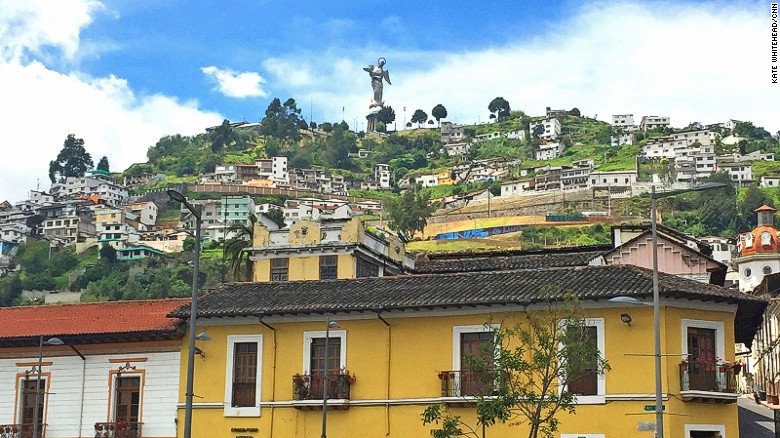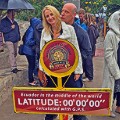Situated at the edge of the Andes, surrounded by hills; Tena is Ecuador’s gateway to the pristine Amazon rainforest and the ultimate jungle experience. It is also called the ‘cinnamon capital’ of the country due to it flourishing cinnamon growing industry.
Tena is small enough to get around easily. Upon entering you will be greeted by the statue of the town hero named Jumandy, who in 1958 led the uprising against the Spanish colonizers. Founded by missionaries, the capital of the Napo Province is linked to both Masahualli River and the Napo Rover, which is a tributary of the great Amazon River. You will find the two rivers joining at the center of town.
Tena has been receiving many visitors over the years that it has some readily set facilities and tours geared towards eco-tourism. The hotels and restaurants are general inexpensive, catering to backpacking. The main attraction here is no other than the green thick forest that lie ahead and the rivers that adorn the surroundings. In this place, travelers come from all over to engage in exciting outdoor adventures.
The enigmatic rainforest area is about 15 to 20 kilometers from the city. To get a panoramic view of the jungle, make your way to the Jatun Sancha Biological Station. Here, you can stroll to the jungle on a well-maintained path and climb up a 30-meter tall tower with a viewing platform. The Biological Station has been established to conduct research and lead rainforest conservation projects. Thus, it is an excellent spot to learn more about the Amazon. As for jungle trekking, you will not find it difficult to find guides that will show around the most interesting parts of the lush terrain. You can find several tour offices at the northern part of town in an area called Avenida 15 de Noviembre.
A kayaking trip on the rivers of the Amazon is one of the top activities to experience while here. The Amazon Rivers situated in the region of the Andes have a consistent flow and are considered to be the cleanest and most beautiful in the country. If you want to do something more thrilling, then go for the adventure of whitewater rafting. Tena has been the perfect spot for this and even became the host for the World Rafting Championship in 2005.
Jatunyac is one of the renowned rafting rivers in the area that generate strong rapids and huge waves. Other attractions that are a short ride away include the Jumandi caves, the Misahuallí village and the Sumaco Volcano. If you just want to relax and stay in town, chill out at one of the sandy and pebble beaches situated on the shores of the River Pano.
Aside from the natural attractions, another pride of Tena are its indigenous tribes that continue to thrive and be politically strong in the country. The two main communities living here are the Ashin (Association de Shamanes Indigenas de Napo) and Fonakin (Federacion de Organisaciones de la Nacionalidades Kichwa de Napo). Taking the time to get to know the tribal folks and their way of life is also a very rewarding travel experience.
Tena is approximately five hours southeast of the city of Quito, and is connected to the capital by a road, albeit not paved all the way through. The town maintains a bustling bus terminal and a small airport.
Article Source: http://EzineArticles.com/?expert=Nagib_Georges_Araman





















